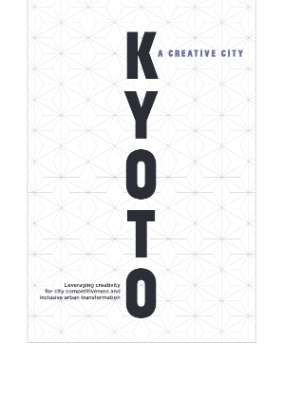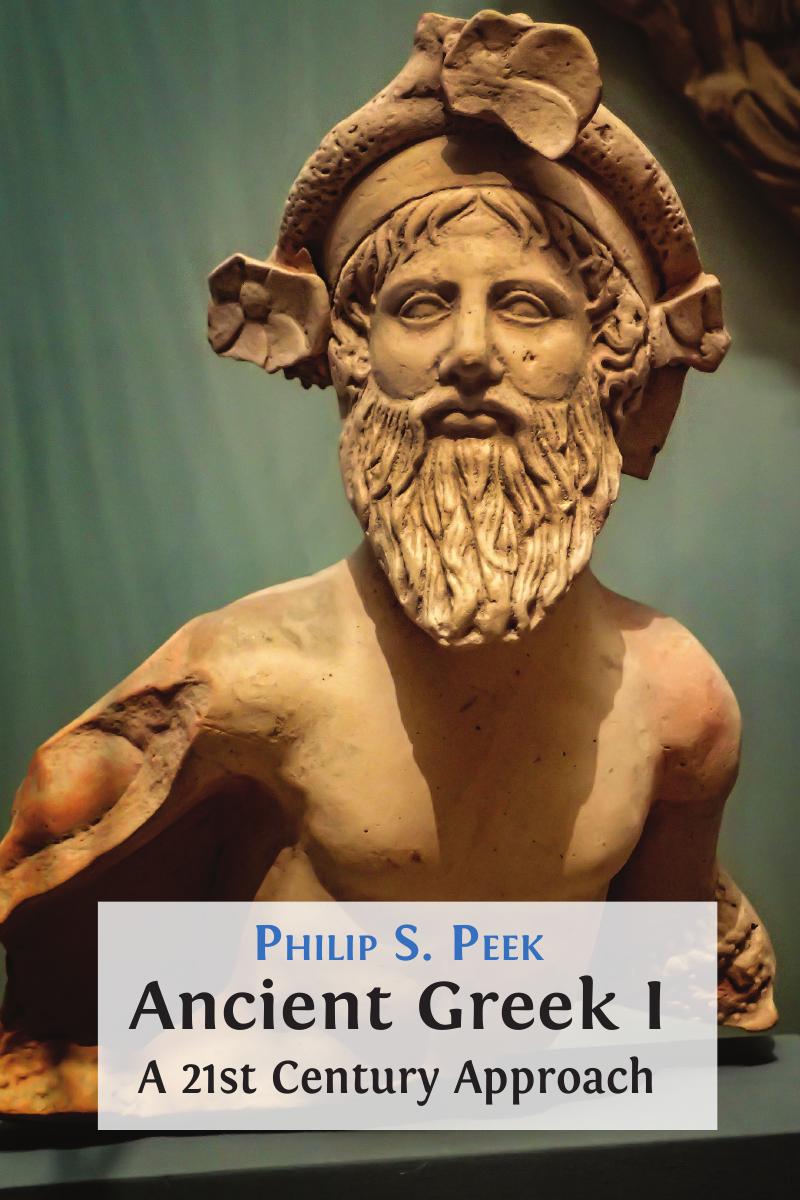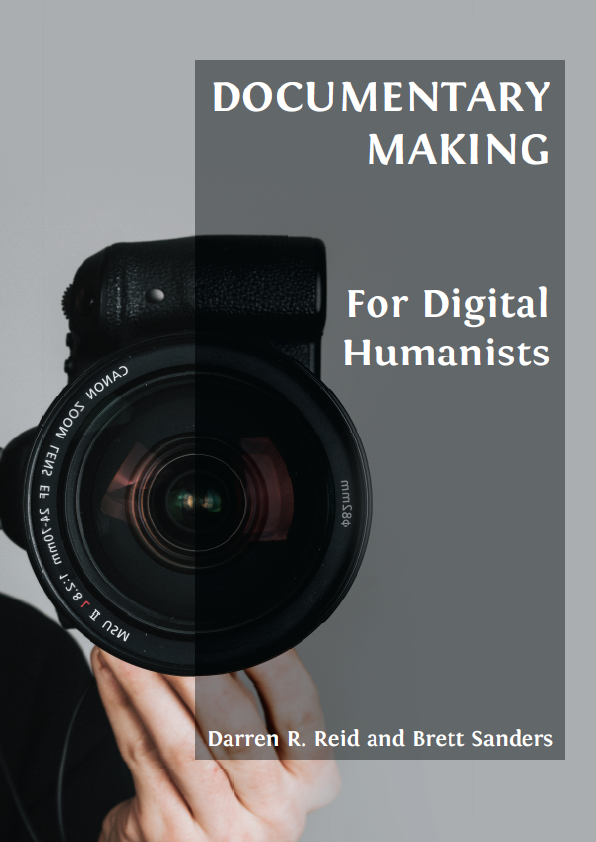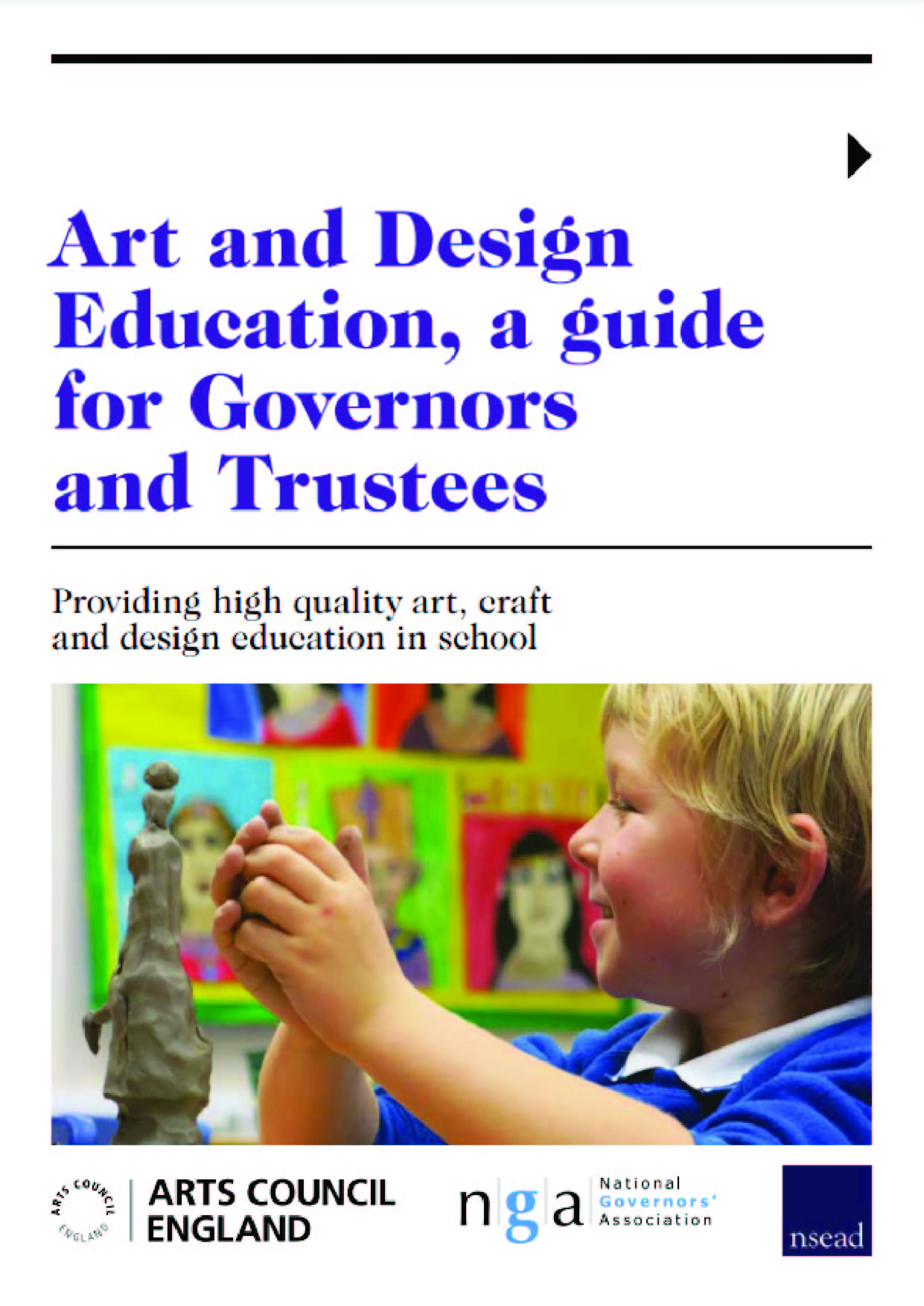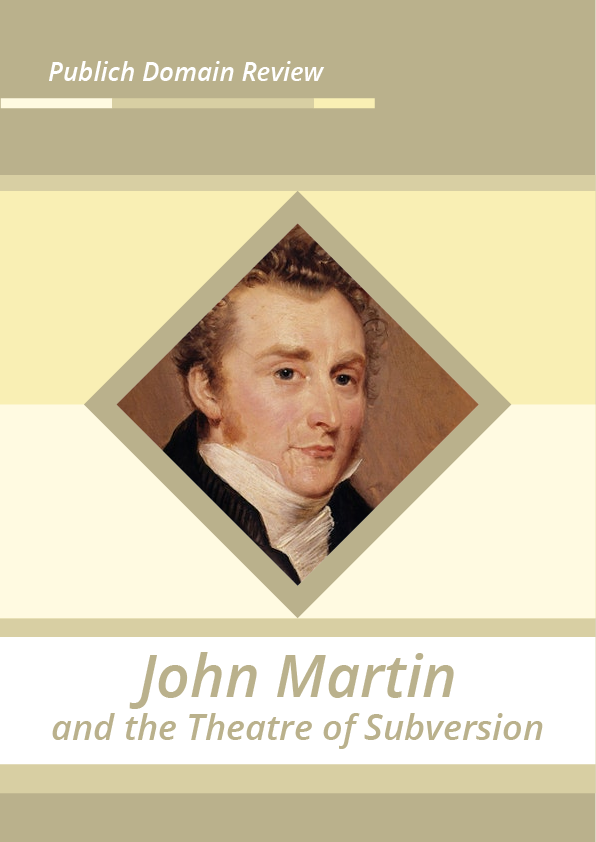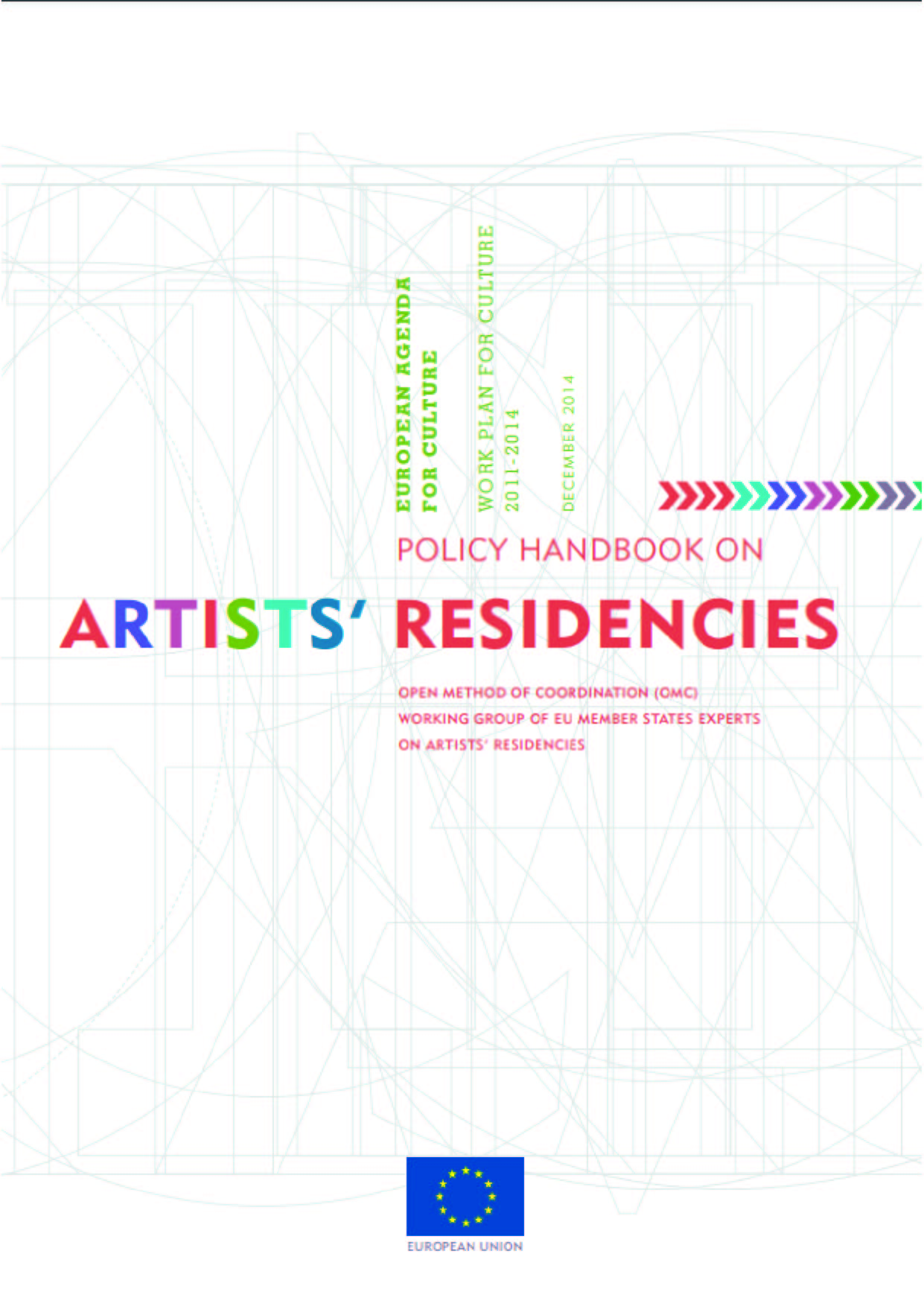This report provides distilled practical lessons and key insights for policy makers and practitioners interested in applying the concept of creative cities effectively. Using the case of Kyoto, the report analyzes how creative communities and policy action can be leveraged for urban transformation not only at the neighborhood level but also citywide and beyond.
Creative Cities
Approximately 60 percent of the world’s population will live in urban areas by 2030. This rapid urbanization will bring new opportunities for growth and prosperity—it will also give rise to an increasing number of development challenges. Creative industries, and shaping urban spaces with creative assets, will help spur new approaches to building societies and planning cities that are needed to stimulate—as well as maintain— innovation, efficiency, livability, and inclusivity. When leveraged effectively, creative cities can contribute to three core impact areas:
- Local economic development: Today, the creative economy contributes to 6.1 percent of the global economy, representing US$4.3 trillion. This share is expected to grow as creative activities become further digitalized and technology-intensive, and become part of the growth of the intangible economy and employment creation.
- Urban transformation: Creative communities can help drive the transformation of neglected or deteriorated urban spaces—vacated buildings and underutilized plots of land can be repurposed rather than destroyed and rebuilt, revitalizing a city’s social fabric and activating public spaces—thereby improving a city’s image, livability, and productivity.
- Social inclusion: Creative expression can support the social, civic, and political empowerment of marginalized groups by fostering a shared sense of culture, as well as a respect for cultural rights and freedom of expression. In addition, creative industries can provide a new source of economic opportunity and re-skilling for local residents.
Why Kyoto?
Kyoto embodies numerous elements of an archetypal creative city. It is home to many UNESCO heritage sites, and its society and economy fuse cultural traditions, creative communities, and global technology trends. The Kyoto City Industrial Strategy Vision emphasizes the need to create new value by utilizing local creative assets such as religion, culture, and academia, and by clustering creative populations within which these assets and institutions work together. In the early 2000s, the landscape of creative industries and talent in the city began to diversify with the eruption of the digital economy. Digital businesses began to emerge in the city by 2010 with the boom of urban technology ecosystems worldwide. New and prominent technology start-ups opened offices in Kyoto’s business district, creating a compact start-up ecosystem. This first wave of digital creative talent provided the foundations for the growth of creative communities beyond the technology sector in the city. By 2015, following the global spread of technology and the intangible economy across sectors, and the emergence of the Fab movement, Kyoto started experiencing a new wave of creative industries’ entrepreneurship and innovation that was connected to the traditional creative industries and activities of the city.
